Hola, feliz noche, mis apreciados amigos de Hive.
Ya tengo varios años, para ser más precisa desde el año 2018, navegando por estas aguas de encuentros y desencuentros, donde he tenido la oportunidad de conocer e interactuar con personas muy interesantes y de mucho valor personal, así que me alegra poder continuar compartiendo con ustedes.
Hoy, después de pensarlo varias veces, voy a dedicar este espacio al sentido del número, un aprendizaje muy importante porque es lo que da soporte al conocimiento que permite al niño utilizar el mismo en forma amplia, flexible y dinámica.
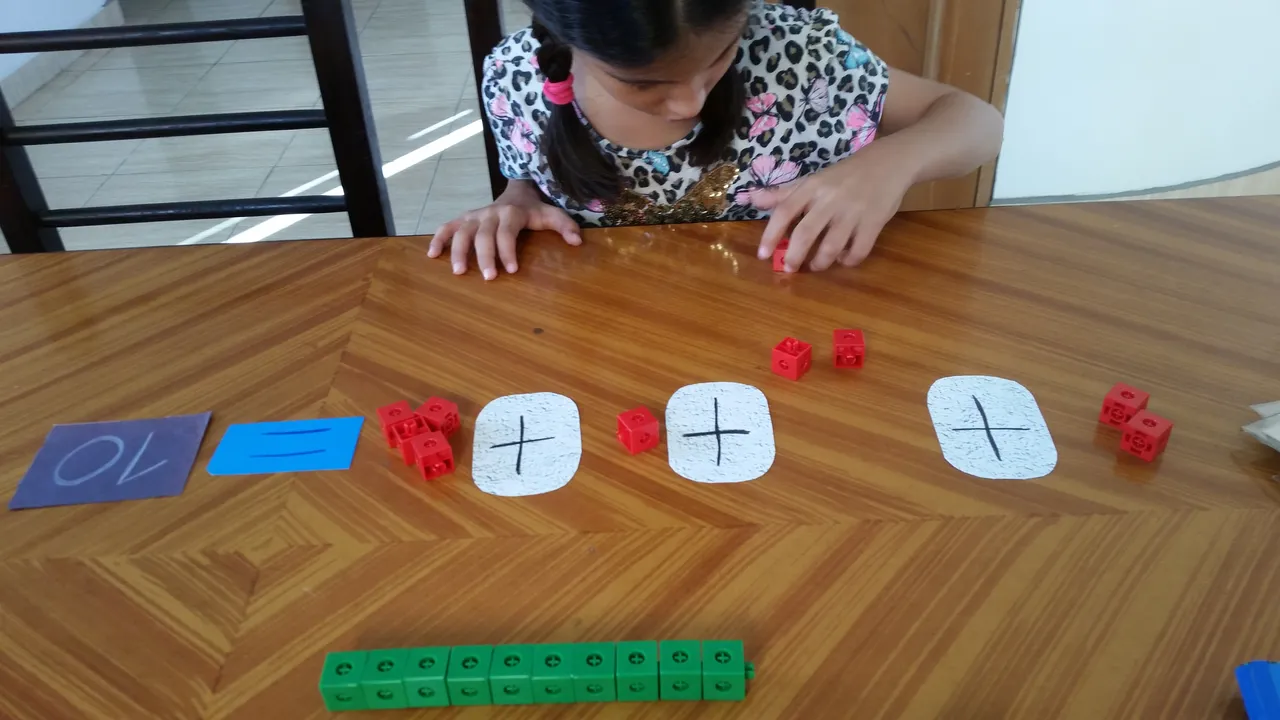
[M. C. en una de mis clases de psicopedagogía/fotografía tomada con mi teléfono Samsung S5.]
Quizás uno de los investigadores más reconocidos que propuso toda una teoría sobre el número fue Jean Piaget, gran parte de sus aportes fueron tomados por otros estudiosos para apoyar sus teorías en base al enriquecimiento, ampliación y/o no acuerdo con las mismas.
Uno de los valores más consistentes de Piaget fue el hecho de que sus observaciones fueron realizadas en niños, desde el nacimiento hasta el llamado período de las operaciones concretas, es decir hasta los 11 años de edad, lo que le permitió crear una teoría cognitiva sobre la génesis del pensamiento lógico-matemático.
Según esta teoría, existen cuatro etapas en la concepción del número. Durante la primera los niños se apropian del concepto, construyendo una síntesis de dos operaciones lógicas, la clasificación y la seriación, las cuales anteceden a cualquier planteamiento numérico.
La segunda etapa es la conservación de la cantidad, la cual está sustentada en que los conjuntos pueden constituirse de muy variadas formas con la misma cantidad de elemento.
En la tercer etapa están los aspectos cardinales y ordinales del número; y finalmente en la cuarta etapa se contemplan sus diversas aplicaciones: descomponer, componer, sumar y restas sencillas. Si el niño conjuga en forma sinérgica estas cuatro etapas, se dice que ha construido el sentido del número.

[Actividad numérica/fotografía tomada con mi teléfono Samsung S5.]
Al igual que Piaget, otros investigadores han desarrollados sus teorías y, aunque no es el tema que me ocupa, por extenso además, solo voy a mencionar algunos ejemplos, para que tengan idea de todo el conocimiento que los educadores tenemos a nuestra disposición para fortalecer nuestra acción docente. Así mismo, para afrontar el mito de que se ha realizado más investigación para abordar los procesos de lectura y escritura que los de cálculo y número; realmente estoy segura de que no ha sido así.
Arthur Baroody, con su teoría sobre comparación entre magnitudes numéricas, expone que mientras más distancia haya entre dos cantidades mayor es la eficiencia en la discriminación, comparación y diferenciación de ambas; mientras menos distancia haya, el rasgo perceptivo se diluye más.
Karen Fuson, investigó las relaciones con respecto al conteo en diversos contextos (integración de contextos), y a esto lo denomino: contexto simbólico o numeral; lo que permite, además, adecuar el lenguaje matemático como forma de comunicación.
Edith Westein, también realizó estudios sobre el lenguaje matemático y su utilización en la vida cotidiana, como consecuencia, a medida que el tiempo transcurre, esos significados remiten a funcione más específicas debido a que los números trasmiten información en concordancia con el contexto.
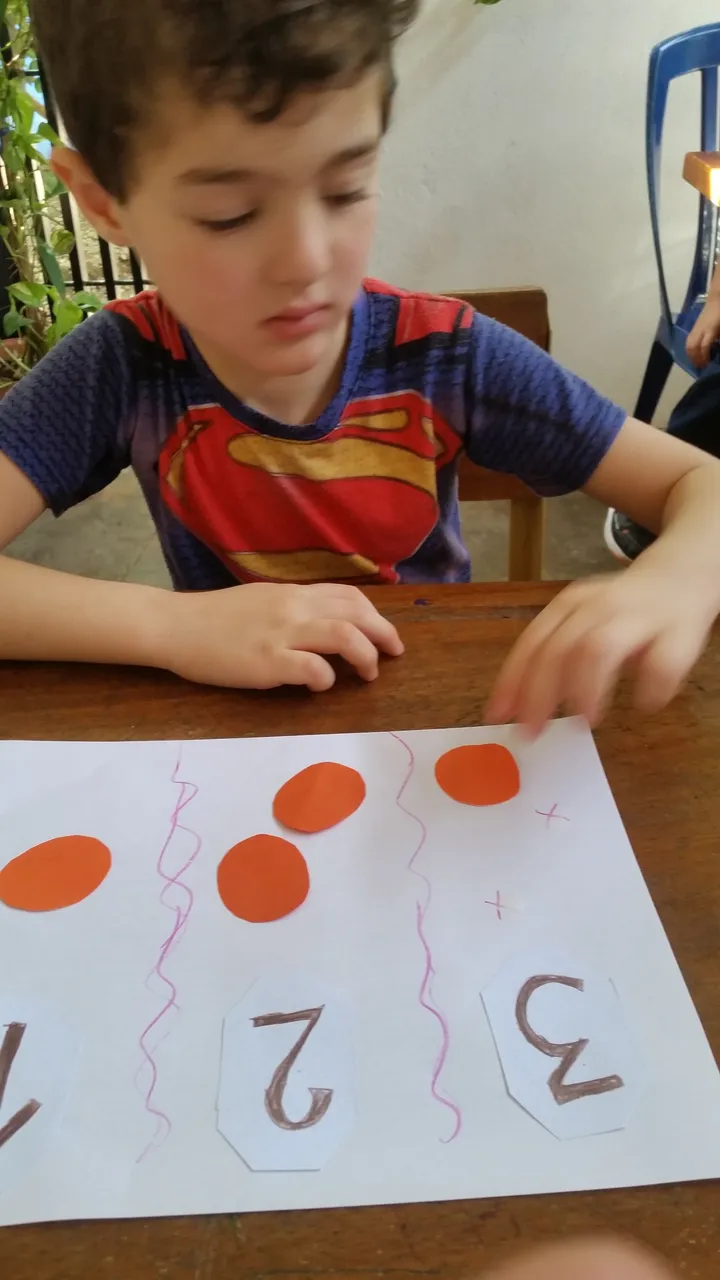
[J. J. durante una de mis terapias psicopedagógicas/fotografía tomada con mi teléfono Samsung S5.]
Todos estos autores buscan que los niños se acerquen al número y al conocimiento matemático en forma significativa, que toquen sus actividades diarias, que indaguen el mundo físico de los objetos y sus relaciones. Además, nótese la diversidad de enfoques en esta ínfima muestra de investigaciones; no obstante hay quienes han ido un poco más allá en sus estudios, me refiero a los que han producido modelos teóricos en matemáticas, a las representaciones que, en forma simplificada explican un fenómeno y/o la relación entre dos o más variables.
Los modelos matemáticos son utilizados para analizar la relación entre dos o más variables. Pueden ser utilizados para entender fenómenos naturales, sociales, físicos, etc. Dependiendo del objetivo buscado y del diseño del mismo modelo pueden servir para predecir el valor de las variables en el futuro, hacer hipótesis, evaluar los efectos de una determinada política o actividad, entre otros objetivos.
Modelo matemático
En este sentido Dehaene y Cohen, en su modelo matemático de triple código propusieron una hipótesis: sostiene que las personas que presentan dificultades en las matemáticas tienen una falla en el sentido del número.
La tercera teoría es la propuesta por Dehaene, la cual dice que la causa del trastorno de cálculo se presenta en el sentido numérico. El sentido numérico se entiende como la capacidad de representar cantidades continuas, que a su vez se dividen en representaciones analógicas y representaciones aproximadas; son cálculos que no necesariamente se deben llevar a cabo en números arábigos, sino que pueden ser cualquier objeto o representación (Dehaene, 1997)
Evaluación de los módulo de decodificación numérica en niños con trastornos del cálculo
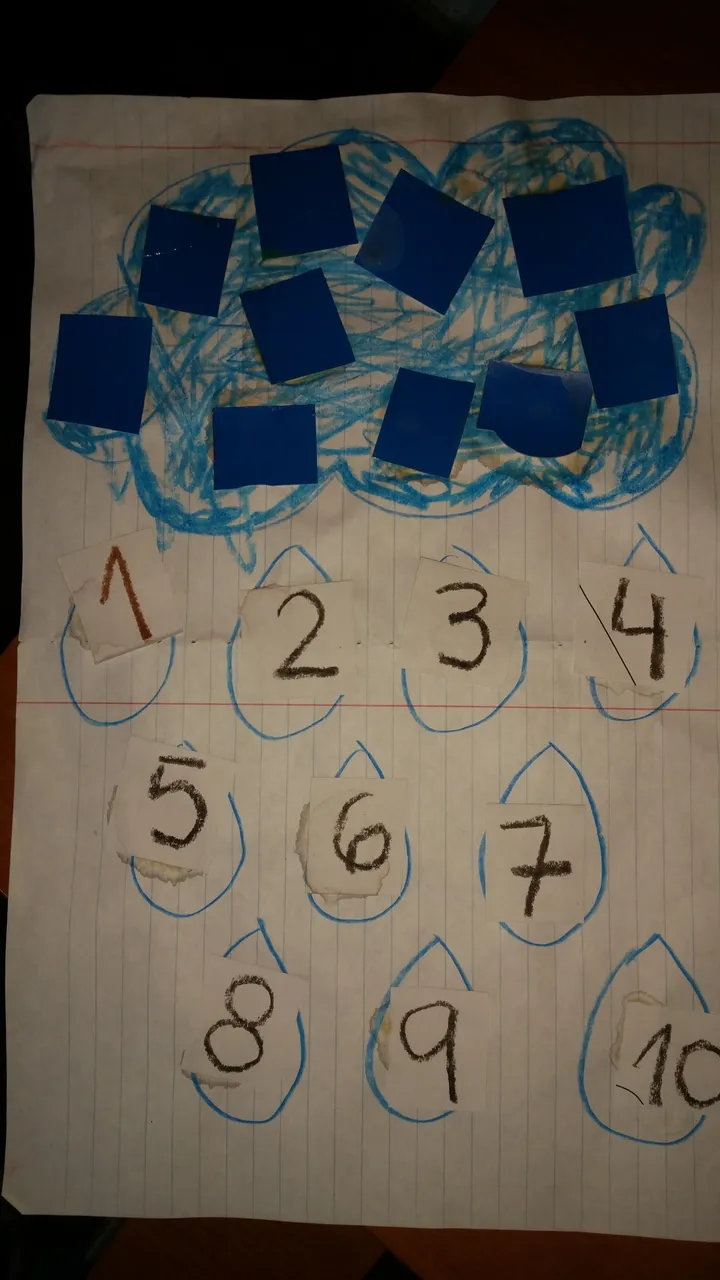
[Actividad de conteo y correspondencia/fotografía tomada con mi teléfono Samsung S5.]
El sentido numérico que nos proponía Piaget tiene una diferencia con el sentido numérico de este modelo. El mismo refiere que el conteo y la distinción entre cantidades, inclusive una vez que el niño se apropia del concepto del número, está relacionada directamente con la capacidad para hacer comparaciones, deducciones, aproximaciones y estimaciones intuitivas entre magnitudes, ya que todos estos procesos son tareas diferentes que permiten el encuentro, con el sentido del número, de diferentes formas.
Ahora veamos cuáles son los tres códigos.
Primer módulo. Código analógico de magnitud.
Estimación de cantidades. Cálculos aproximados. Comparaciones de cantidades.
Segundo módulo. Código visual arábigo.
Operaciones multidígito. Juicios de paridad.
Tercer módulo. Código verbal auditivo.
Tablas de multiplicación. Contar.

Interrumpo el discurso para comentarles que desde que me inicié en psicopedagogía me he interrogado sobre la construcción de las nociones y el concepto del número, el escaso interés por la búsqueda de la bibliografía recomendada para abordar este tema, entre otros aspecto sobre la génesis de este aprendizaje. Si revisas, en los últimos meses, por ejemplo, he escrito algunos artículos sobre este referente. Dejo por aquí los enlaces por si deseas echar les un vistazo:
Mi experiencia: construcción de las nociones lógico matemáticas en niños.
Modelo teórico de triple código de Dehaene y el trastorno específico del cálculo.
Proceso de diagnostico de un trastorno especifico de aprendizaje. Estudio de caso.

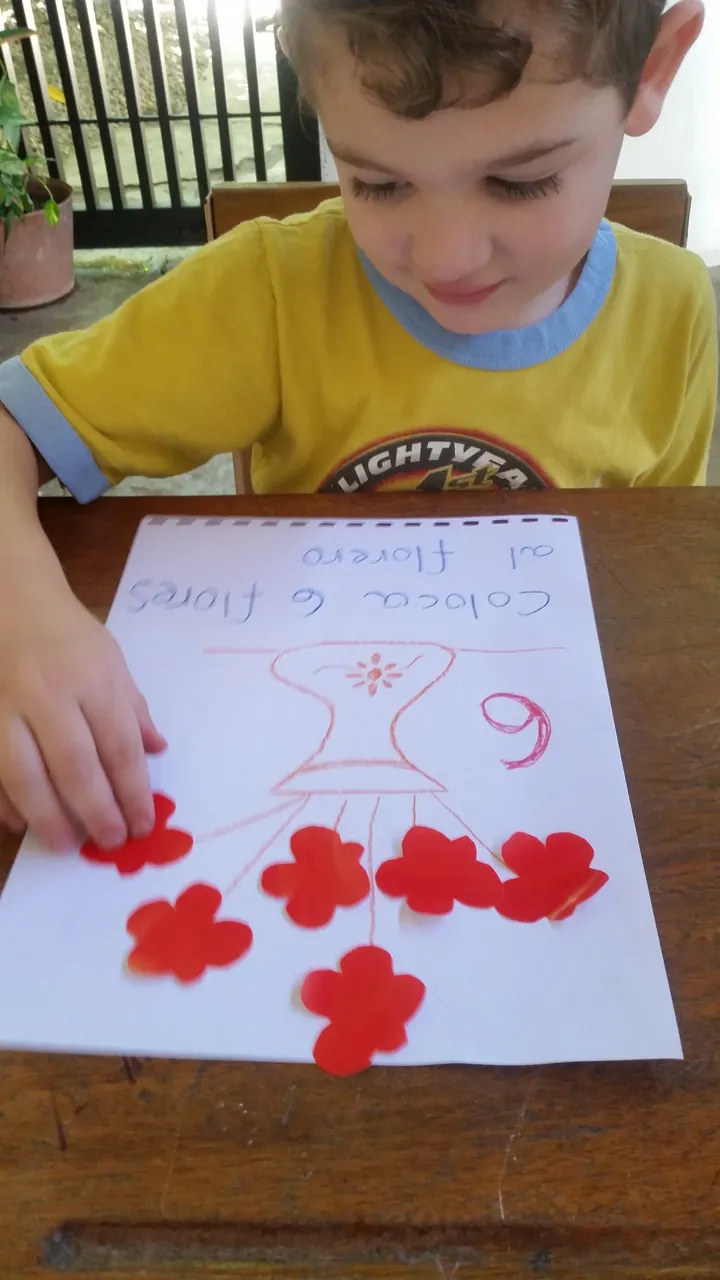
[M. J. durante una de mis terapias psicopedagógicas/fotografía tomada con mi teléfono Samsung S5.]
Regresando al tema, durante todos estos años de trabajar con niños y la experiencia que he tenido con el manejo psicopedagógico de los trastornos del cálculo, me han llevado felizmente a poder hacer comparaciones entre las teorías, por supuesto entre las que conozco y manejo.
Por ejemplo, trabajé algunos meses con el modelo de McCloskey, cuyo fundamento se centra en las representaciones abstractas del número, de hecho el instrumento de evaluación para el cálculo y el número, Procálculo, construye su basamento, ítems y tareas en base a este modelo; en comparación con el modelo de Dehaene y Cohen (1995), no me parece tan completo, porque el modelo de triple código busca en la génesis de los procesos, tal como lo hiciera Piaget, pero con mayor transcendencia porque introduce el contexto social y el lenguaje como pilares del primer código, el código arábigo.
Durante mi ejercicio como psicopedagoga, he podido constatar lo que propone este modelo matemático con respecto a su hipótesis sobre las fallas en el primer módulo (sentido del número) y los trastornos del cálculo. Por ejemplo, hace algún tiempo realicé un post sobre el proceso de diagnóstico de una niña con un trastorno específico del cálculo, a quien aún estoy atendiendo, pude constatar que el no poder construir, el no poder aprehender las magnitudes del código analógico, la estimación de cantidades, los cálculos aproximados y las comparaciones de cantidades, conlleva directamente a que el niño no puede acceder al número en todas sus dimensiones en forma flexible.
Como lo dije anteriormente, sobre la construcción de las nociones lógico matemáticas, el cálculo, el número y su utilización en la vida diaria, he escrito varios post en estos últimos meses en Hive, aparte de los que ya había escrito en otros medios, donde se puede observar, desde distintas visiones y hallazgos la incidencia de las limitaciones en el código arábigo y los posteriores problemas tanto específicos (trastornos) como no específicos del cálculo.
Después de estudiar a nivel teórico el modelo del triple código de Dehaene y luego someterlo a práctica, considero que uno de los más sólidos porque integra todas las aristas que he podido observar cuando los niños están en su proceso de aprendizaje del número. Así mismo, he constatado la hipótesis del modelo: la no consolidación del primer módulo, código analógico de magnitud, y no pueden avanzar hacia la construcción de los restantes códigos.
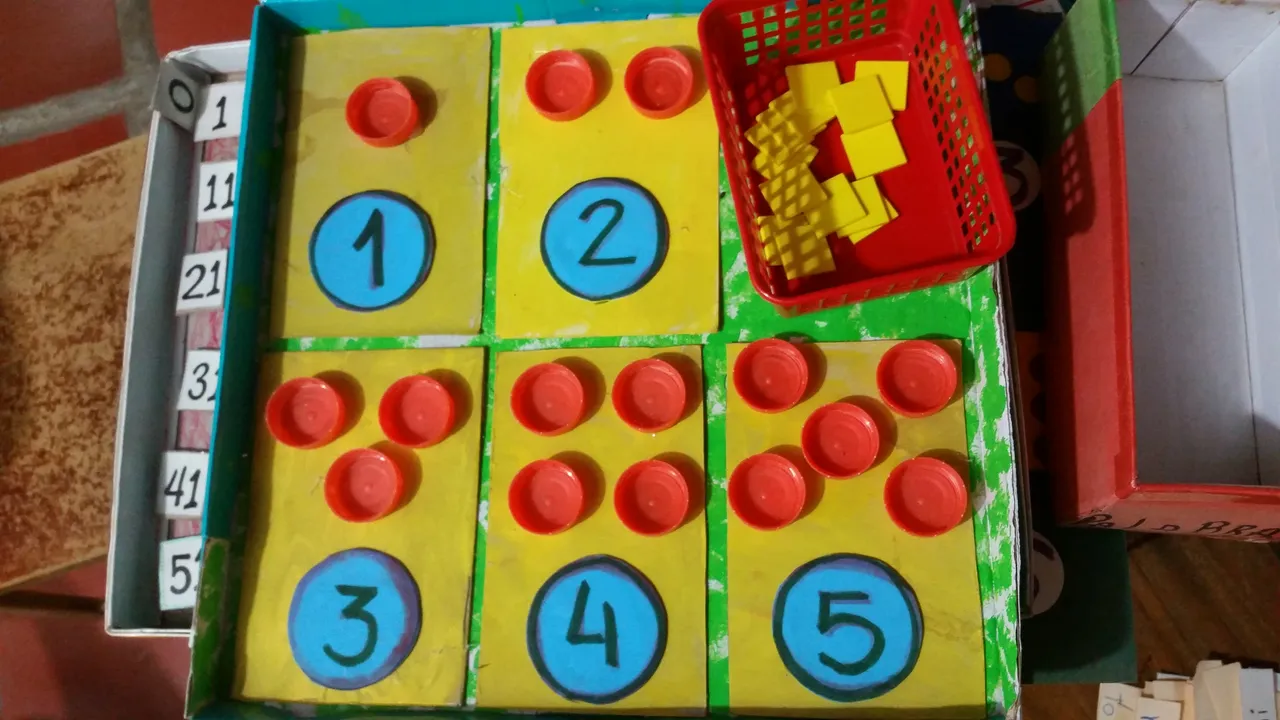
[Material didáctico realizado por mí, para enseñar la correspondencia entre el número y su cantidad, para niños pequeños/fotografía tomada con mi teléfono Samsung S5.]

Referencias.
Arthur Baroody, el pensamiento matemático en los niños
Edith Westein, sobre Matemática en el nivel inicial
Evaluación de los módulo de decodificación numérica en niños con trastornos del cálculo
Mi experiencia: construcción de las nociones lógico matemáticas en niños.
Modelo teórico de triple código de Dehaene y el trastorno específico del cálculo.
Proceso de diagnostico de un trastorno especifico de aprendizaje. Estudio de caso.

¿Eres docente? ... especialmente si trabajas con niños, estudia esta información y busca este modelo matemático (Modelo de Triple Código de Dehaene y Cohen ), hay autores que lo analizan en forma amigable porque organizan la información de manera didáctica para su mejor y mayor comprensión. Así tendrás la oportunidad de ayudar a los niños que presentan problemas no específico o trastornos específicos del cálculo. ¡Vale la pena!
¡Hasta una próxima oportunidad!, si deseas comentar algún aspecto de este tema, con gusto te responderé.

¡Y nunca olvides que la educación transforma vidas!
Ahora traduzco al inglés, utilizando el traductor de Google.
Hello, good night, my dear friends of Hive.
I have been sailing for several years now, to be more precise since 2018, navigating these waters of encounters and disagreements, where I have had the opportunity to meet and interact with very interesting people of great personal value, so I am glad to be able to continue sharing with you.
Today, after thinking about it several times, I am going to dedicate this space to number sense, a very important lesson because it is what supports the knowledge that allows the child to use it in a wide, flexible and dynamic way.

[M. C. in one of my psychopedagogy classes/photograph taken with my Samsung S5 phone.]
Perhaps one of the most renowned researchers who proposed a whole theory about the number was Jean Piaget, much of his contributions were taken by other scholars to support his theories based on enrichment, expansion and / or disagreement with the themselves.
One of Piaget's most consistent values was the fact that his observations were made on children, from birth until the so-called period of concrete operations, that is, up to 11 years of age, which allowed him to create a cognitive theory about the genesis of logical-mathematical thought.
According to this theory, there are four stages in number conception. During the first, children appropriate the concept, building a synthesis of two logical operations, classification and seriation, which precede any numerical approach.
The second stage is the conservation of quantity, which is based on the fact that sets can be constituted in very different ways with the same amount of element.
In the third stage are the cardinal and ordinal aspects of the number; and finally in the fourth stage its various applications are contemplated: decompose, compose, add and simple subtractions. If the child synergistically combines these four stages, it is said that he has built the sense of number.

[Numerical activity/photo taken with my Samsung S5 phone.]
Like Piaget, other researchers have developed their theories and, although it is not the subject that concerns me, furthermore, I am only going to mention a few examples, so that you have an idea of all the knowledge that educators have at our disposal to strengthen our teaching action. Likewise, to confront the myth that more research has been done to address the processes of reading and writing than those of calculation and number; I'm really sure it hasn't.
Arthur Baroody, with his theory on comparison between numerical magnitudes, exposes that the more distance there is between two quantities, the greater the efficiency in the discrimination, comparison and differentiation of both; the less distance there is, the more the perceptual trait is diluted.
Karen Fuson, investigated the relationships with respect to counting in various contexts (integration of contexts), and I call this: symbolic or numeral context; which also allows adapting the mathematical language as a form of communication.
Edith Westein, also carried out studies on mathematical language and its use in everyday life, as a consequence, as As time passes, these meanings refer to more specific functions because numbers convey information in accordance with the context.

[J. J. during one of my psychopedagogical therapies/photo taken with my Samsung S5 phone.]
All these authors seek for children to approach number and mathematical knowledge in a meaningful way, to touch their daily activities, to investigate the physical world of objects and their relationships. Also, note the diversity of approaches in this tiny sample of research; however, there are those who have gone a little further in their studies, I am referring to those who have produced theoretical models in mathematics, representations that, in a simplified way, explain a phenomenon and/or the relationship between two or more variables.
In this sense, Dehaene and Cohen, in their triple code mathematical model, proposed a hypothesis: they maintain that people who present difficulties in mathematics have a fault in the number sense.
The third theory is the one proposed by Dehaene, which says that the cause of the calculation disorder is in the number sense. Number sense is understood as the ability to represent continuous quantities, which in turn are divided into analog representations and approximate representations; they are calculations that do not necessarily have to be carried out in Arabic numbers, but can be any object or representation (Dehaene, 1997)
Assessment of numerical decoding modules in children with calculation disorders

[Counting and matching activity/photo taken with my Samsung S5 phone.]
The number sense that Piaget proposed to us has a difference with the number sense of this model. It refers that counting and the distinction between quantities, even once the child appropriates the concept of number, is directly related to the ability to make comparisons, deductions, approximations and intuitive estimates between magnitudes, since all these processes are different tasks that allow the encounter, with the sense of number, in different ways.
Now let's see what the three codes are.
First module. Analog magnitude code.
Estimation of quantities. Approximate calculations. Quantity comparisons.
Second module. Arabic visual code.
Multidigit operations. parity trials.
Third module. Auditory verbal code.
Multiplication tables. Tell.

I interrupt the speech to tell you that since I started in psychopedagogy I have wondered about the construction of notions and the concept of number, the little interest in searching for the recommended bibliography to address this topic, among other aspects about the genesis of this learning. If you review, in recent months, for example, I have written some articles on this reference. Here are the links if you want to take a look at them:
My experience: construction of logical-mathematical notions in children.
[Dehaene's triple code theoretical model and the specific disorder of calculation.](@sandracabrera/el-disorder-of-calculus-and-the-theoretical-model-of- triple-dehaene-code)
Diagnostic process of a specific learning disorder. Case study.


[M. J. during one of my psychopedagogical therapies/photo taken with my Samsung S5 phone.]
Returning to the subject, during all these years of working with children and the experience I have had with the psychopedagogical management of calculation disorders, they have happily led me to be able to make comparisons between theories, of course between those I know and manage.
For example, I worked for a few months with the McCloskey model, whose foundation is centered on the abstract representations of number. In fact, the evaluation instrument for calculation and number, Procalculus, builds its base, items, and tasks based on this model. ; In comparison with the model of Dehaene and Cohen (1995), it does not seem so complete to me, because the triple code model looks at the genesis of the processes, as Piaget did, but with greater transcendence because it introduces the social context and the language as pillars of the first code, the Arabic code.
During my practice as a psychopedagogue, I have been able to verify what this mathematical model proposes with respect to its hypothesis about failures in the first module (number sense) and calculation disorders. For example, some time ago I made a post about the diagnostic process of a girl with a specific calculation disorder, whom I am still treating, I was able to confirm that not being able to build, not being able to apprehend the magnitudes of the analogical code, the estimation of quantities, approximate calculations and comparisons of quantities, directly leads to the child not being able to access the number in all its dimensions in a flexible way.
As I said before, on the construction of logical-mathematical notions, calculation, number and their use in daily life, I have written several posts in recent months on Hive, apart from those that I had already written in other media, where It is possible to observe, from different visions and findings, the incidence of the limitations in the Arabic code and the subsequent problems, both specific (disorders) and non-specific of the calculation.
After studying Dehaene's triple code model at a theoretical level and then putting it into practice, I consider it to be one of the most solid because it integrates all the edges that I have been able to observe when children are in their number learning process. Likewise, I have verified the hypothesis of the model: the non-consolidation of the first module, analogical code of magnitude, and they cannot advance towards the construction of the remaining codes.

[Teaching material made by me, to teach the correspondence between the number and its quantity, for small children / photo taken with my Samsung S5 phone.]

References.
Arthur Baroody, mathematical thinking in children
Edith Westein, on Mathematics at the initial level
[The triple code model of Dehaene and Cohen (1995) and its value in guiding interventions for children with specific difficulties in learning mathematics]( HTTP://DIFICULTADESESPECIFICASDELAPRENDIZAJE.BLOGSPOT.COM/2020/05/EL-MODELO -DE-TRIPLE-CODE-DE-DEHAENE-Y.HTML)
Assessment of numerical decoding modules in children with calculation disorders
My experience: construction of logical-mathematical notions in children.
[Mathematical model
](https://economipedia.com/definitions/model-matematico.html#:~:text=Un%20model%20matem%C3%A1tico%20es%20una,%E2%80%9Cteor%C3%ADa%20de% 20the%20models%E2%80%9D.)
[Dehaene's triple code theoretical model and the specific disorder of calculation.](@sandracabrera/el-disorder-of-calculus-and-the-theoretical-model-of- triple-dehaene-code)
Diagnostic process of a specific learning disorder. Case study.

Are you a teacher? ... especially if you work with children, study this information and look for this mathematical model (Dehaene and Cohen's Triple Code Model), there are authors who analyze it in a friendly way because they organize the information in a didactic way for better and greater understanding. This way you will have the opportunity to help children who present non-specific problems or specific disorders of the calculation. It's worth it!
Until next time! If you want to comment on any aspect of this topic, I will gladly answer you.

